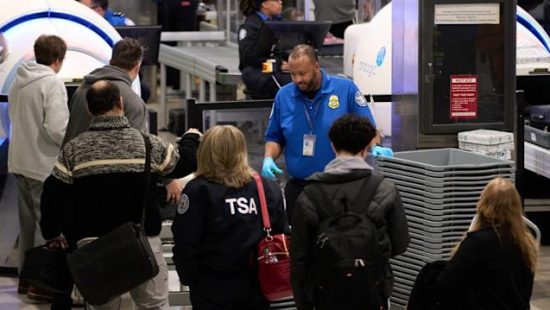SNAP, otherwise known as food stamps, only provides around $6 a day per person on average — and lawmakers recently moved to spend even less on the program.
Big changes are coming to the Supplemental Nutrition Assistance Program, or SNAP. Many able-bodied adults will face new work requirements and states will have to start sharing the cost of the program with the federal government. This is likely to result in many people losing some or all of their benefits. And those benefits already don’t go very far.
A new analysis from the Urban Institute finds that SNAP does not cover the cost of a “modestly priced” meal in 99% of counties in the U.S.
The average SNAP benefit is a little more than $6 per person a day.
“Think about what you could buy for $6.25. It’s not a lot of money,” said Hilary Seligman, at the University of California, San Francisco.
SNAP is intended to be supplemental, as the name suggests. It’s the Supplemental Nutrition Assistance Program. The reality is: “Most families who are receiving SNAP benefits are actually not able to put any additional money into their household food budget,” said Seligman.
SNAP benefits alone aren’t enough—almost anywhere in the country—to cover the cost of three modestly priced meals a day.
A modest meal, in this case, is one that costs about $3.41.
That’s the amount people living just above the poverty line say they typically spend on food per meal.
Stacy Dean at the Global Food Institute at George Washington University said that with benefit amounts, the idea is that: “The food that you can buy should be nutritionally adequate, aligned with what people are generally buying and also very modest, modest cost,” said Dean.
But the government makes a lot of assumptions — like assuming people have access to a low-cost grocery store, a full kitchen, and that they never waste food.
“SNAP benefits are set at a level where it is actually challenging for households to be able to purchase a basic, nutritionally adequate diet,” Dean said.
That’s why many people on SNAP tend to buy cheap, high-calorie, processed food, said Elaine Waxman at the Urban Institute.
“One of the biggest risks when you’re shopping for food is to buy things that are perishable, because you can’t stretch them over the course of a month,” said Waxman.
For a few years — during the pandemic — the federal government expanded SNAP benefits, and research shows that helped reduce both food insecurity and the poverty rate.
“We have learned a very recent lesson on exactly what we need to do to improve food insecurity and help people put food on the table,” said Waxman. “Unfortunately, we have walked away from those lessons.” By cutting SNAP at a time when food prices are more than 20% higher than they were five years ago.








